Zephyr ~ an Æolian kinetic sculpture for the Geraldton foreshore.
Methinks, it should have been impossible
Not to love all things in a World like this,
Where e’en the Breezes of the simple Air
Possess the power and Spirit of Melody!
Coleridge, The Æolian Harp.
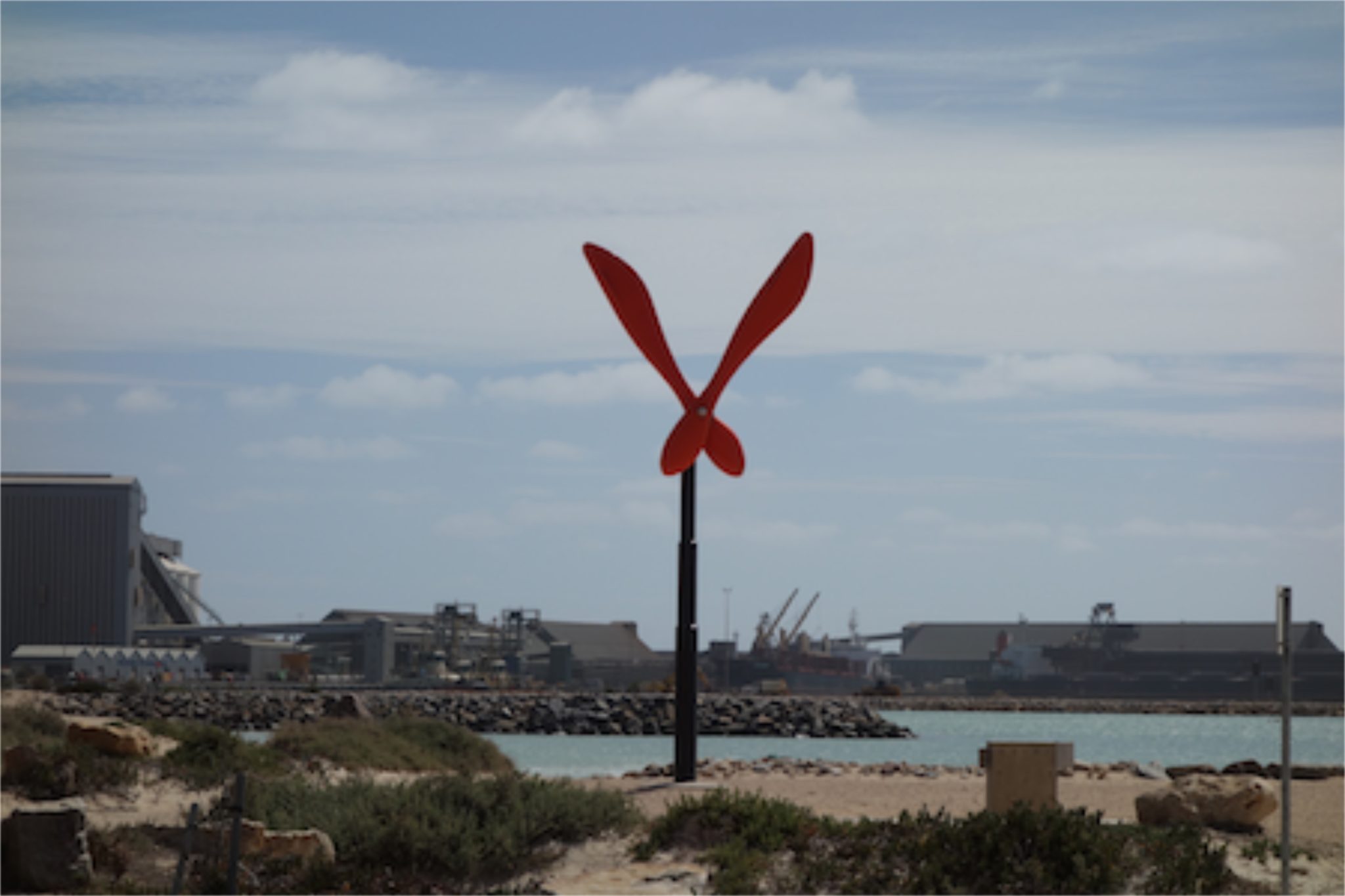
Zephyr is playfully named after Zephyrus the Greek god of the gentle west wind ~ a light air that bought spring to the classical world. Despite being described as Mediterranean our climate is considerably more demanding, with its scorching temperatures, cyclonic storms and pounding surf.
The Zephyr kinetic sculpture is designed to withstand the wildest of Geraldton days and will produce harmonic sounds from its built-in sounding pipes on the stormiest days as an ironic tribute to Zephyrus.
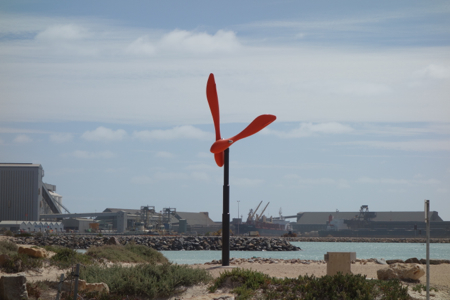
Well what do I say? This project has been (as it mentions below) a really long-time coming. The original project was completely stalled in 2010 after two months work and a total redesign requested by the client who regarded Zephyr mark I as too radical for the site. After a degree of argy-bargy we kissed and made up and new designs were approved for Zephyr mark II, illustrated below.
The original designs follow as well as some of the early production images ~ if you have a windy site and are not scared by non-linear, that is semi-chaotic, behaviour then give me a call!
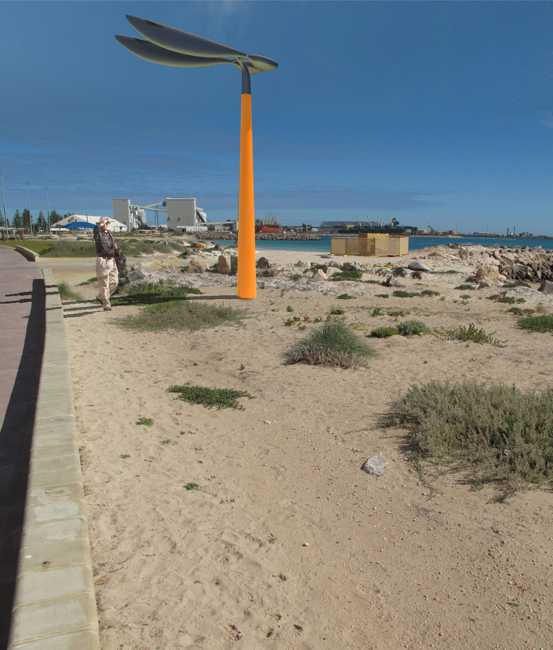
3D visualisation, showing twin vaned wind sculpture with internal air organ.
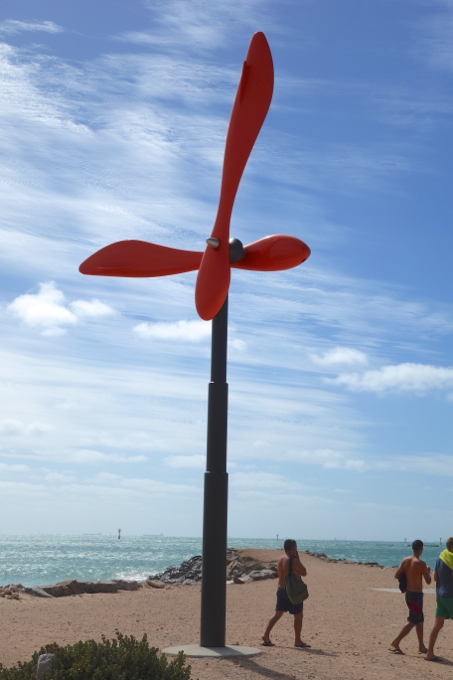
And now the real thing ~ pretty close to the 3D visualisation!
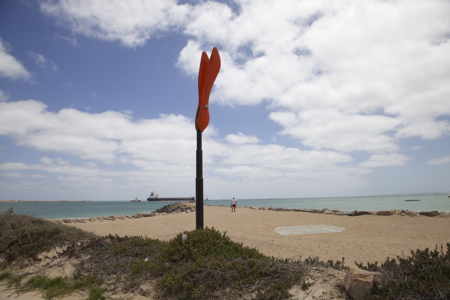
Installation as of February 2013 ~ 1st birthday!
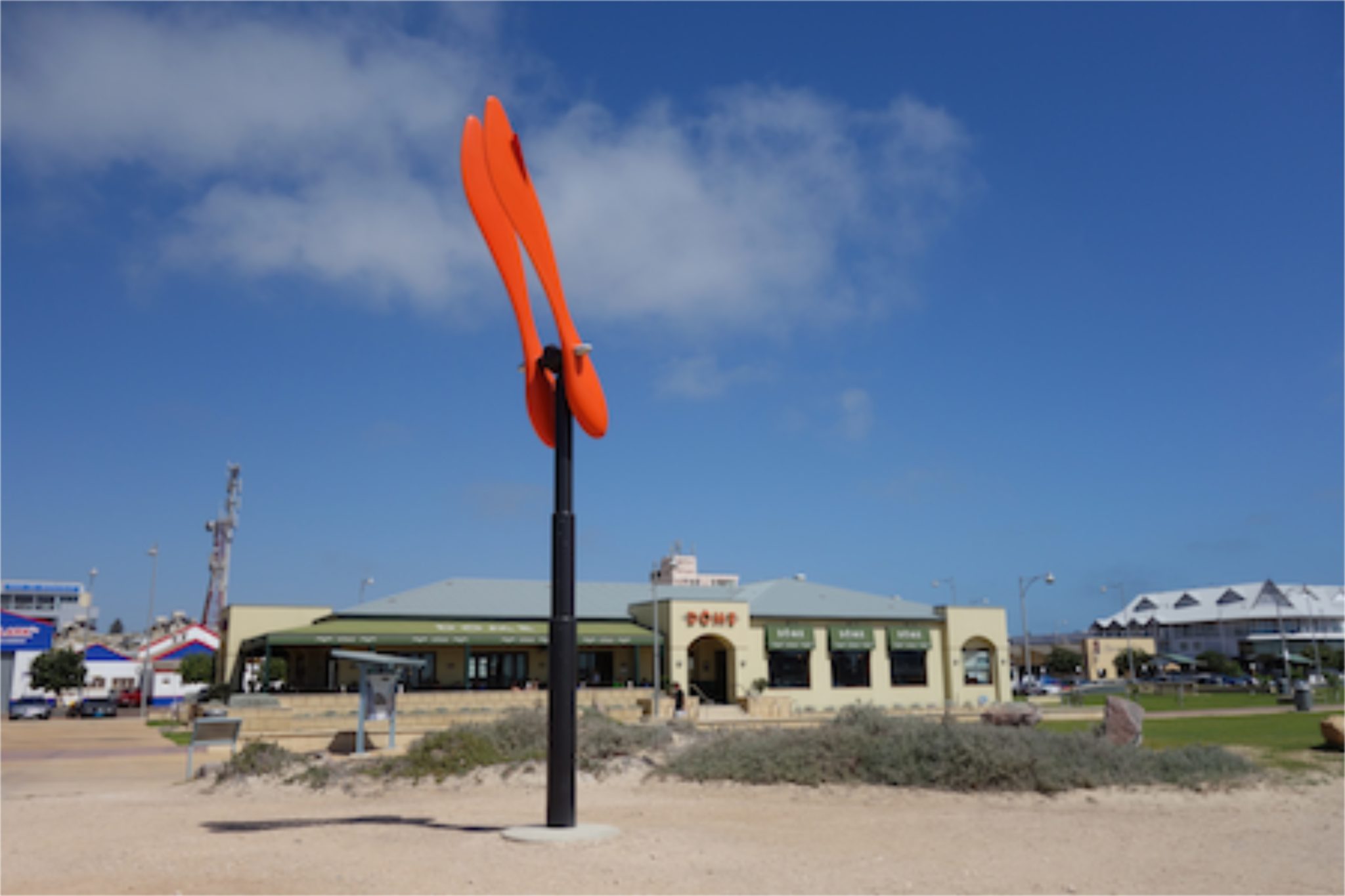

And installation day!

Installation images on Geraldton foreshore.

Counter-balanced aerofoils with sound tubes

The big crate arrives.





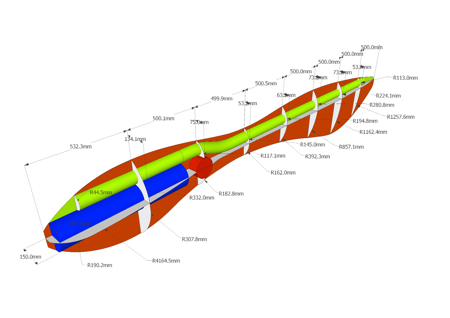
Engineering drawings of Foil section.
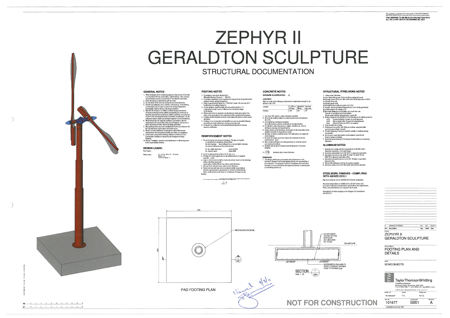
Engineering drawings for Zephyr II.
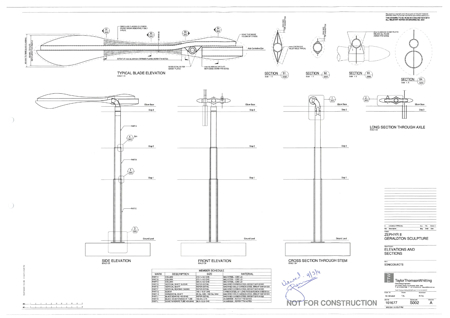
Engineering drawings for Zephyr II.
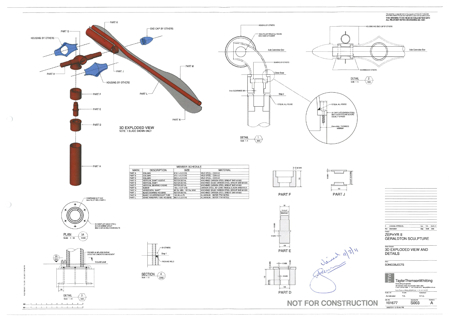
Engineering drawings for Zephyr II.
And the original design for Zephyr mark I.
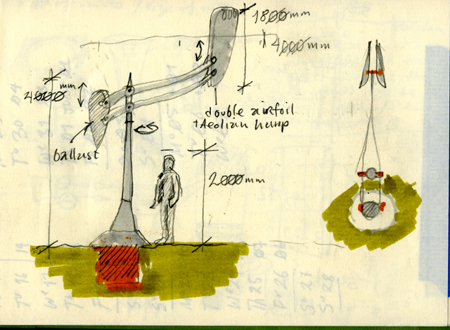
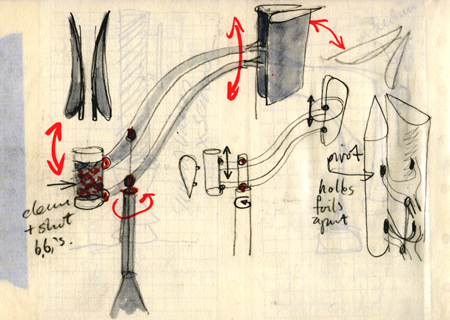
This project has been a long time coming, being delayed by changes in the site soon after the commission was awarded. Here are some contemporary images of the project as re-defined, followed by the original outline and sketches.
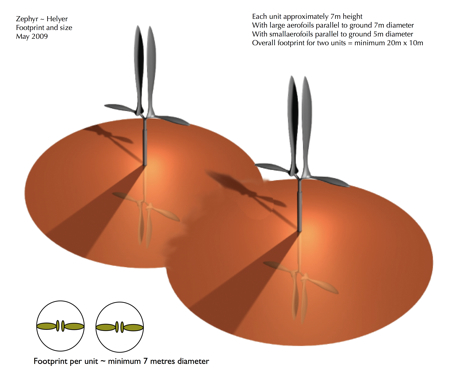
The project currently is conceived with two pylons supporting counter balanced aerofoils.
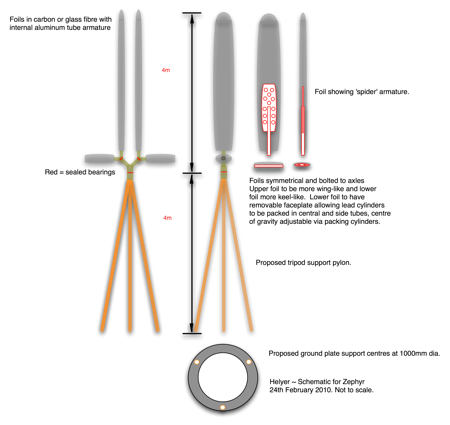
Each element will be some 8m ~ 10m tall.
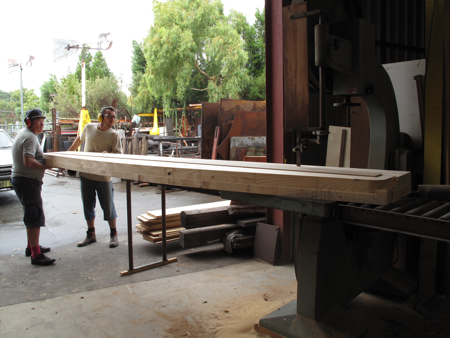
In the O’Connor workshop starting to rough out the plug for the main foil.
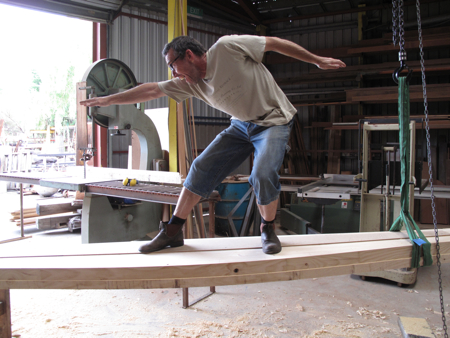
Sinker or a floater?
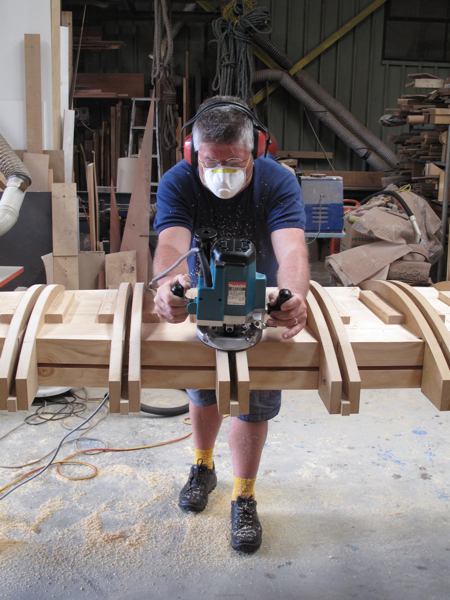
Forming the lateral profile using jigs and a heavy duty router to cut reference lines into the wooden blank.
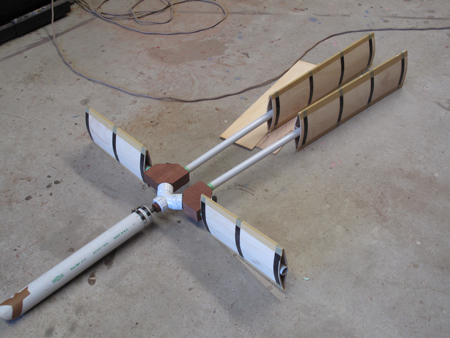
The functional model used to determine kinetic behaviour.
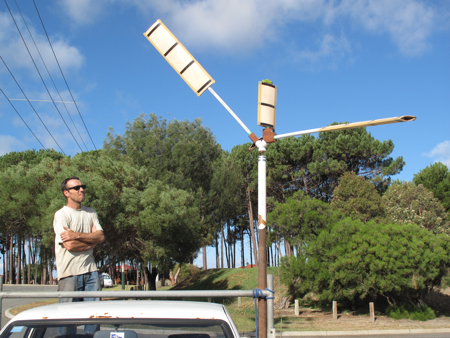
Yet another use for a Ute.
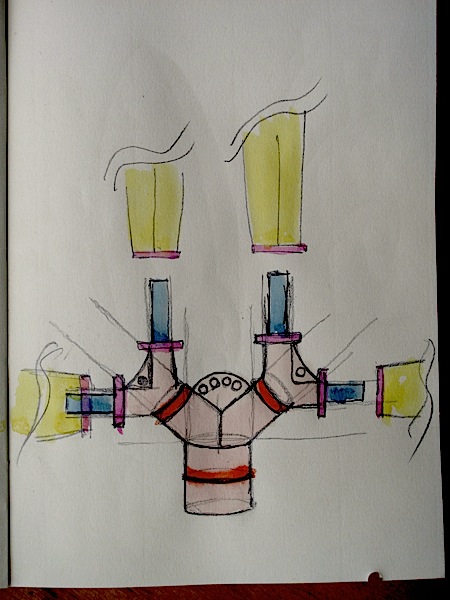
Sketch of the bearings and foil connections.
Original Project Descriptor.
The principal metaphorical drivers in the conceptualization of the design are based upon C19 maritime technologies that relied upon harnessing the natural forces of wind and water, with sail, simple mechanical purchase and balance and ballast. “Zephyr” establishes strong links with the maritime and industrial history of the Geraldton site with the ancient technology of Æolian music to form a suite of passive, kinetic sound sculptures, that is responsive to the environment.
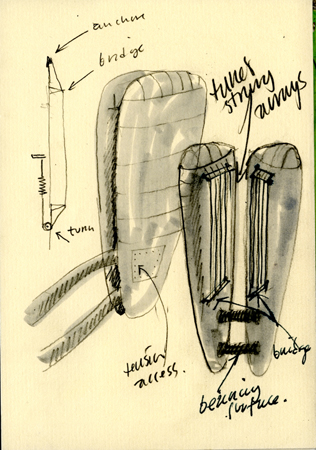
Æolian harps were frequently installed in landscape contexts during the C18.th and C19.th century and it became a romantic custom in Germany to place Æolian harps at mysterious sites like ruined castles, parks and caverns. Many poems and fieldnames recall such old customs, which obviously made a deep impression on the audience visiting these spots.
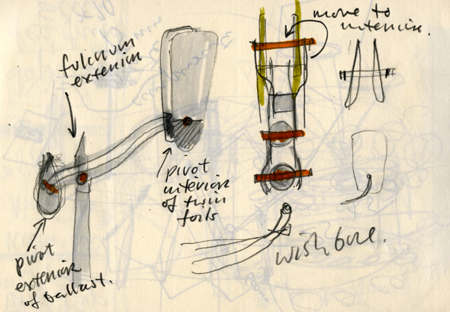
Structure.
It is proposed that “Zephyr” shall consist of up to three vertical wind vane type structures, each supporting a sail-like pair of aerofoils with a passive sound emitting Æolian device embedded in the interior air passage. The foil section will additionally act as a sound resonator to passively amplify the relatively quiet harmonic sounds that these devices produce. ‘Zephyr’ addresses concepts of balance and equilibrium found in both natural systems (the cycles of the weather and the ocean) as well as those of human technologies (the rigs of sailing ships) each unit will feature counter balanced foils (see schematics) in addition the strung arrays of the Æolian harps will be kept under a constant tension by a balance device and thus require no additional tuning or maintenance.
The structure recalls the form of the Square rigged sailing ships and physically regenerate (albeit in a more tuned manner) the sonic ecology of the sailing era, with the murmur of a breeze in the rigging. At this juncture my preference is for a design with up to three Aeolian sculpture units, identical in structure but tuned to different harmonics, this will ensure a rich level of sonic and visual complexity. Naturally the detailed design stage may indicate budgetary constraints and limit the number of proposed units ~ however whilst even a single unit would function adequately, two (or more) would provide a visual and sonic counterpoint to the soundscape and the landscape.
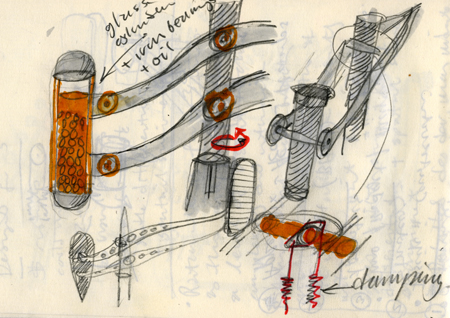
Information on Æolian harp.
Wind-gradient – Near the ground the wind-speed decreases rapidly due to ground- friction. The higher over the ground, the better is it, the smaller the gradient-effect and the higher the wind-speed. Normally, spectators in the windward side of the harp cause a “wind-shadow” or at least undesired vortices; so, the harp commonly stops playing just then, when an interested person is approaching. Therefore it makes sense to position the harp over the heads of the audience.
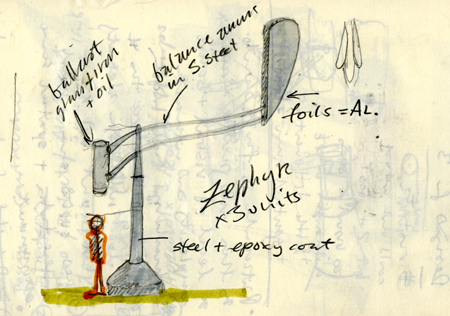
The tones of an Æolian harp – These are mostly the harmonics of a string. The ground-tone, or fundamental is the tone if the string is plucked; it is of low intensity and can seldom be heard. However, depending on the wind-speed, several tones at one time can be heard on one string – new tones appear, while other tones begin to disappear. The stronger the wind is, the higher the pitches of the sounds will be.
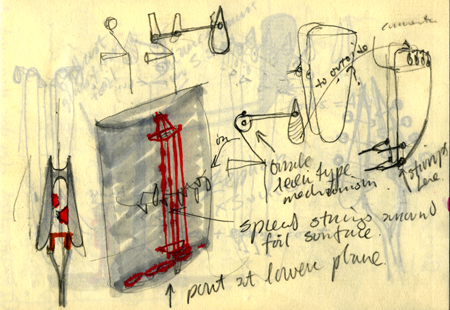
It is mainly the tension of the string and not its length determines the tuning of the string whereas the length of the string is responsible for the intensity of the tones: The longest strings will produce the loudest tones. The diameter of the string plays an important role: It is the relation of wind velocity and diameter of the string, which is responsible for the frequency of the tone.
Sympathetic Resonance ~ the shorter the single strings are, the more it becomes desirable to place them close to another in order to facilitate the strings influencing one another to resonate sympathetically.
